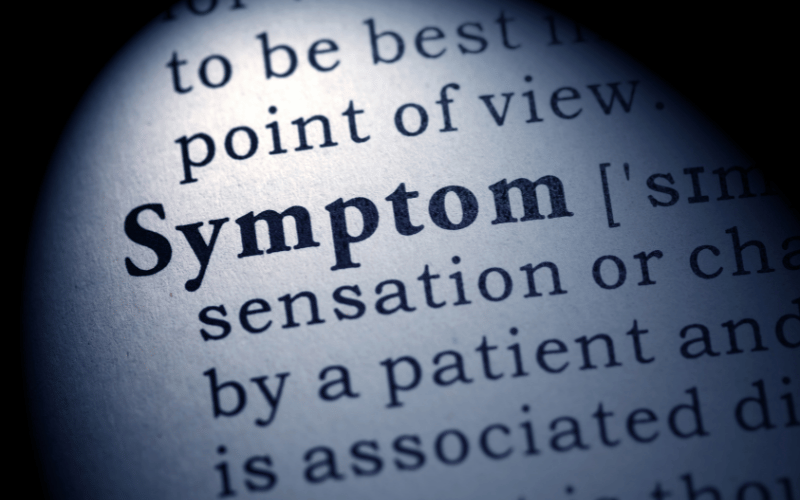Fact 2: Symptoms to Watch Out For

The most hallmark sign of a gastric ulcer is that signature pain. It isn’t just any ordinary discomfort; it’s a deep-seated, burning sensation that seems to originate from the core of your abdomen. Typically, this pain can be felt between the breastbone and the belly button. As to when it strikes, that can vary. For some, it’s most noticeable when the stomach is empty—often between meals or in the dead of night. A curious observation is that sometimes, consuming food or an antacid temporarily eases this discomfort, giving the individual a brief respite before it returns with a vengeance.
While the burning pain is a telltale sign, gastric ulcers have a broader symptomatic palette. Some individuals grapple with a feeling of fullness; not the satisfying kind after a hearty meal, but an inexplicable sensation that makes even small meals seem like a feast. Then there’s belching and heartburn. The latter can be particularly distressing, with a stinging sensation that travels up to the throat, accompanied occasionally by an acidic or bitter taste. These are more than just inconveniences; they’re clear indicators that the stomach lining is compromised.
Another symptom that shouldn’t be downplayed is nausea. It’s not the fleeting kind that passes after a while; it’s persistent, often dictating one’s daily rhythm. For the unfortunate few, this relentless nausea may culminate in vomiting. The contents can range from partly digested food to something more concerning: blood. When an ulcer bleeds, the expelled blood can look dark and gritty, reminiscent of coffee grounds. It’s a glaring red flag, signaling that the ulcer is in a critical stage.
One of the more covert symptoms, which people often overlook, is the appearance of their stool. When an ulcer bleeds, the blood traverses through the digestive system. By the time it reaches the rectum, it has been broken down and processed, resulting in stools that are not just dark, but also sticky and tarry. It’s a stark deviation from one’s regular bowel movements and should be taken as a clear sign that the ulcer is causing internal bleeding.
The spectrum of symptoms accompanying a gastric ulcer underscores the condition’s complexity. Each symptom, whether overt like vomiting or subtle like a change in stool appearance, is the body’s way of raising an alarm. Recognizing and heeding these signs is paramount. Early intervention can prevent complications, aid faster recovery, and most importantly, alleviate the distress and discomfort that accompanies an ulcer. (2)